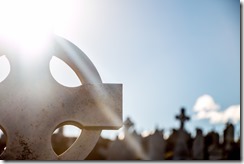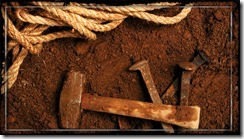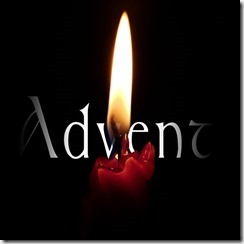Looking for help to kick start or develop your prayer life? Consider using the Examen prayer.
First some history:
A soldier was wounded in battle and while recovering he read about the life of Jesus and the people who followed his path. In time, he would convert to following Jesus. In exploring this faith and life, he became a priest to spread the gospel. In 1534, he and six others gathered and bound themselves by a vow to serve Christ. In doing this they called themselves the company of Jesus. Eventually, they would become ordained priests and ultimately become what we know today as the “Society of Jesus” or “Jesuits.”
From this group has developed something known as the “Examen prayer.”
The examen prayer is an intended short daily reflection. It is a method of seeking and finding God in your daily life. People have taken the practice and adapted it in small ways over time. However, the core seems to have stayed the same.
It is a great tool to help you engage, enter, and experience the life you were created for. It is a great tool to pick up for the lent season or add into your regular routine in life.
 Examen Prayer Steps:
Examen Prayer Steps:
St. Ignatius, a Church in Boston that is staffed by Jesuit priests, shares the five steps of the Examen prayer.
1. Recall you are in the presence of God. No matter where you are, you are a creature in the midst of creation and the Creator who called you forth is concerned for you.
2. Give thanks to God for favors received. Pause and spend a moment looking at this day’s gifts. Take stock of what you received and gave. Notice these clues that guide living.
3. Ask for awareness of the Holy Spirit’s aid. Before you explore the mystery of the human heart, ask to receive the Holy Spirit so that you can look upon your actions and motives with honesty and patience. The Spirit gives a freedom to look upon yourself without condemnation and without complacency and thus be open to growth.
4. Now examine how you are living this day. Recalling the events of your day, explore the context of your actions. Review the day, hour by hour, searching for the internal events of your life. Look through the hours to see your interaction with what was before you. Ask what you were involved in and who you were with, and review your hopes and hesitations. What moved you to act the way you did?
5. Pray words of reconciliation and resolve. Having reviewed this day of your life, look upon yourself with compassion and see your need for God and try to realize God’s manifestations of concern for you. Express sorrow for sin, give thanks for grace, and praise God for the times you responded in ways that allowed you to better see God’s life.[i]
These steps can serve as a framework to help guide your prayer time. Many in steps four and five have included times of prayers for others as well.
Are you struggling in your prayer life or looking for a tool to help? This is one I have found useful in my life. Let me know how it goes for you.




 Have you ever been part of a smaller group, or master group, where you are reading/studying something together and are looking for a place to keep your notes? Have you ever been doing your own bible study and have notes all over the place?
Have you ever been part of a smaller group, or master group, where you are reading/studying something together and are looking for a place to keep your notes? Have you ever been doing your own bible study and have notes all over the place? The Advent season is one filled with many symbols, but two core symbols dominate.
The Advent season is one filled with many symbols, but two core symbols dominate.